What is Wireless Module?
Wireless modules are pre-configured hardware units that let devices connect and communicate wirelessly. These modules usually have a radio transceiver, a microcontroller, and antennas to help send data. Wireless modules have built-in software stacks that make it easier for developers to put them into their projects, so it takes less time and is less complicated to make wireless systems.
Core Components of Wireless Modules:
- Radio Transceiver: Enables communication by sending and receiving signals.
- Microcontroller: Provides processing power to manage the wireless protocols.
- Antennas: Transmit and receive data wirelessly over various frequencies.
Types of Wireless Modules
There are a few different types of wireless modules, each suited for different applications based on range, data speed, and power consumption. Below is a table that outlines the main types of wireless modules and their characteristics.
| Type of Wireless Module | Key Features | Applications |
|---|---|---|
| Wi-Fi Modules | High-speed, wide range, moderate power consumption | IoT, Smart Home, Robotics |
| Bluetooth Modules | Low power, short-range | Wearables, Audio Devices, Personal Gadgets |
| Zigbee Modules | Low power, mesh networking | Smart Lighting, Industrial Automation |
| LoRa Modules | Long-range, low bandwidth | Agriculture, Asset Tracking, Remote Sensors |
| Cellular Modules | High speed, global coverage | Vehicle Tracking, IoT Devices, Healthcare |
1. Wi-Fi Modules
Wi-Fi modules are all about speed. They’re used in applications that need to move a lot of data quickly, like streaming or large data transfers. They’re especially popular in smart home devices, where real-time communication is a must.
Example: ESP8266, one of the most widely used Wi-Fi modules, is known for its low cost and ease of integration.
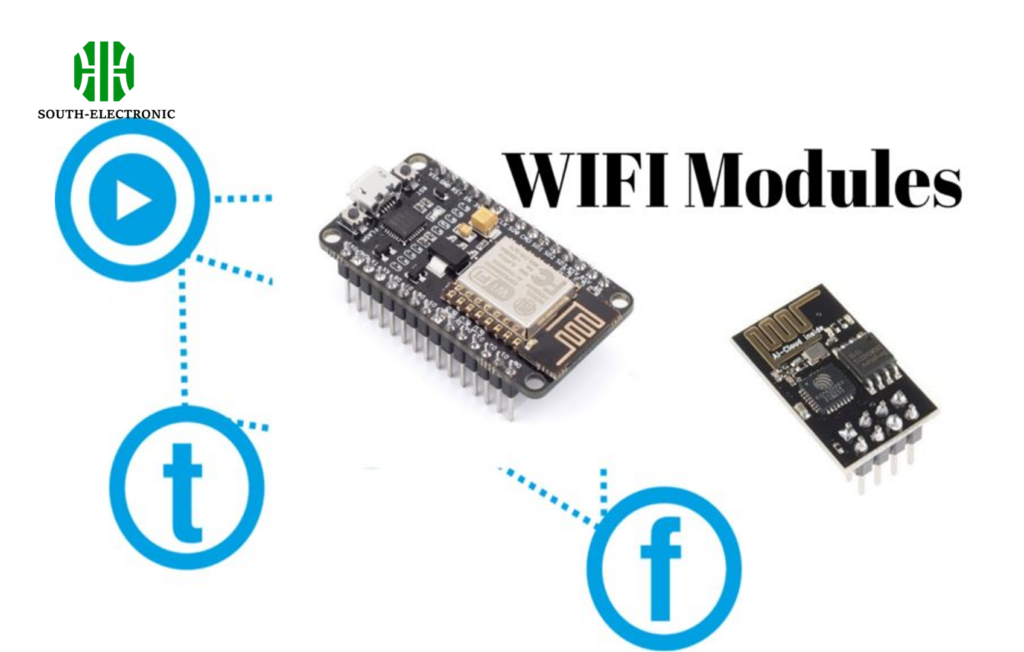
2. Bluetooth Modules
Bluetooth modules are made for short-range communication and low power consumption. They’re often used in wearable devices, like smartwatches and wireless earbuds, because they don’t use much energy.
Example: HC-05, a popular Bluetooth module, is often used in robotics and DIY projects.
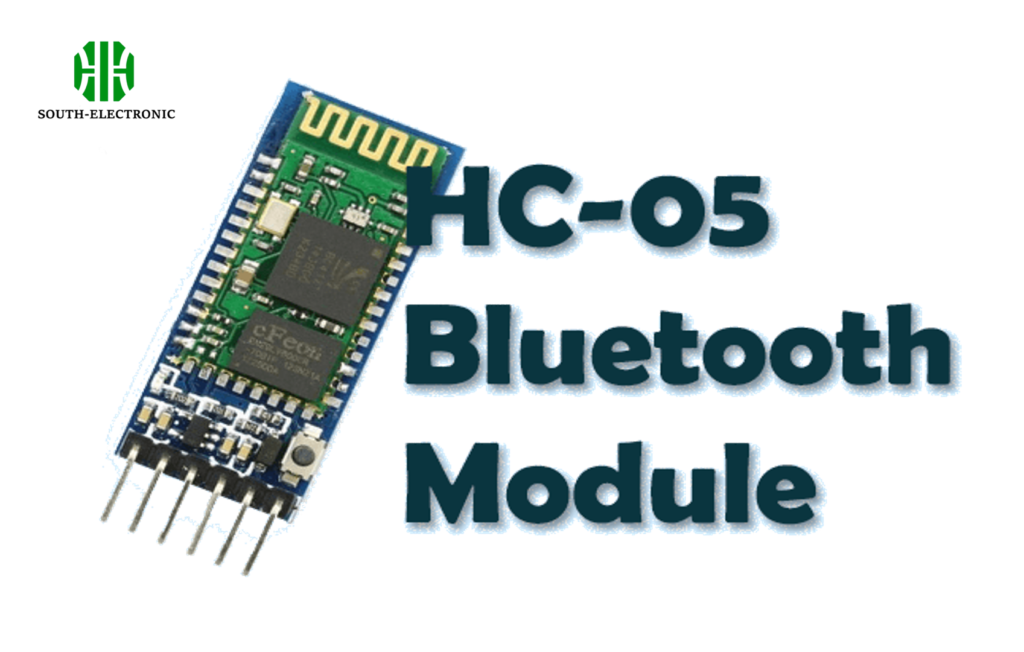
3. Zigbee Modules
Zigbee is a low-power, mesh networking protocol that is commonly used in smart lighting and industrial applications. Zigbee modules allow multiple devices to communicate over longer distances through a mesh network, where devices relay information between each other.
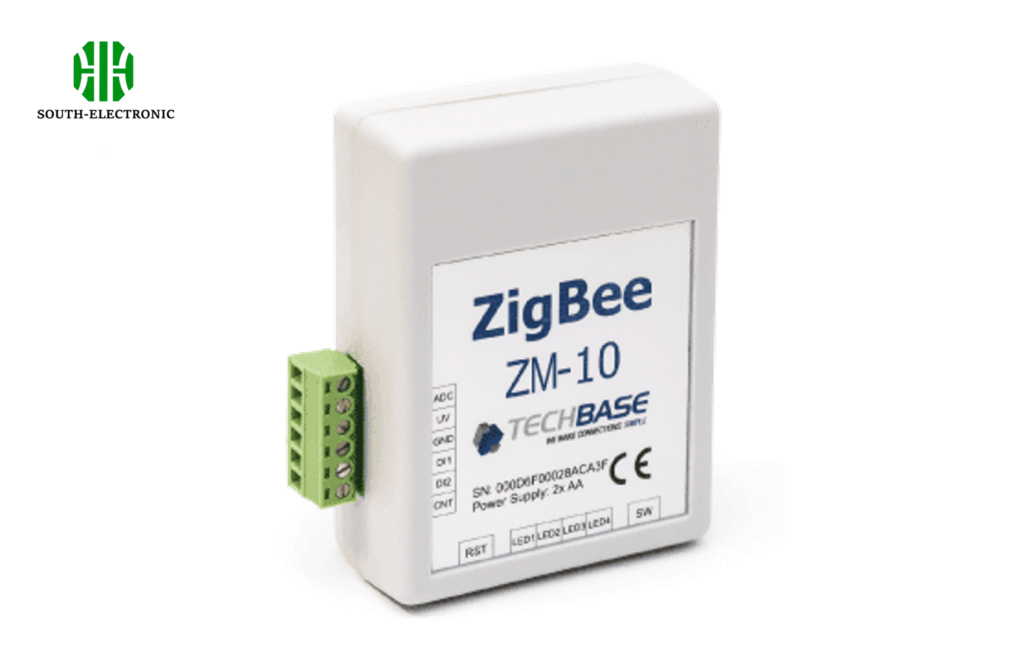
4. LoRa Modules
LoRa modules provide long-range communication at low power consumption. They are ideal for applications such as agriculture, where devices need to communicate over long distances but do not require high bandwidth.

5. Cellular Modules
Cellular modules, such as those supporting 3G, 4G, and 5G networks, provide global connectivity through cellular networks. They are used in vehicle tracking, healthcare monitoring, and IoT devices that require constant data transmission over large distances.
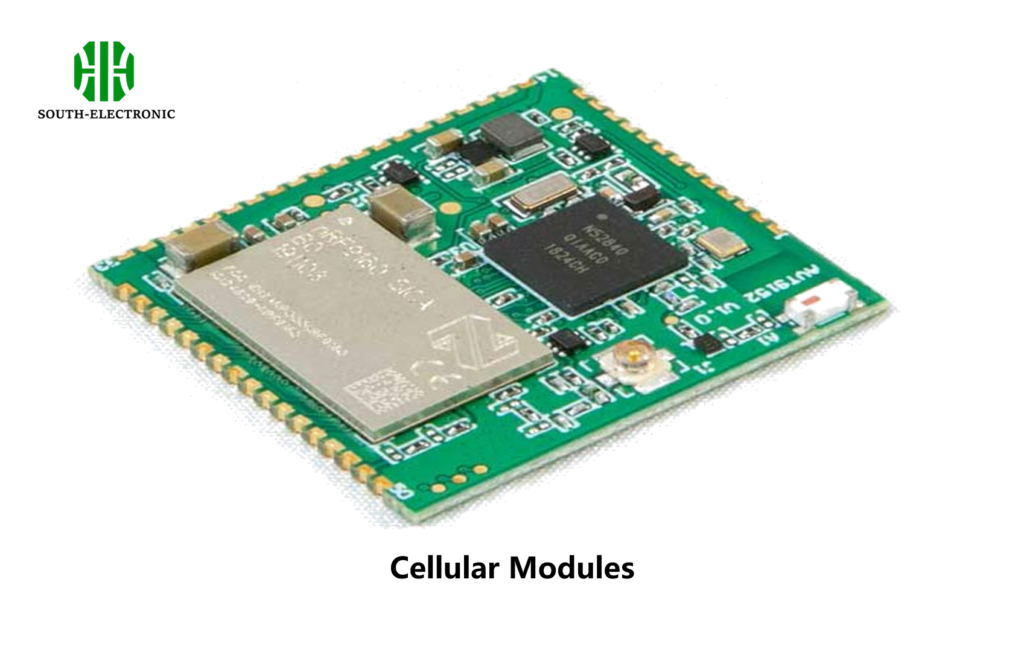
How Wireless Modules Work?
Wireless modules simplify the process of connecting devices by handling the wireless communication protocols internally. This allows developers to focus on the application logic rather than the intricate details of wireless communication. Here’s how a typical wireless module works:
- Signal Transmission: The module’s transceiver sends and receives radio frequency (RF) signals.
- Data Processing: The microcontroller processes these signals and handles communication protocols.
- Data Exchange: The antennas facilitate the exchange of data over short or long distances.
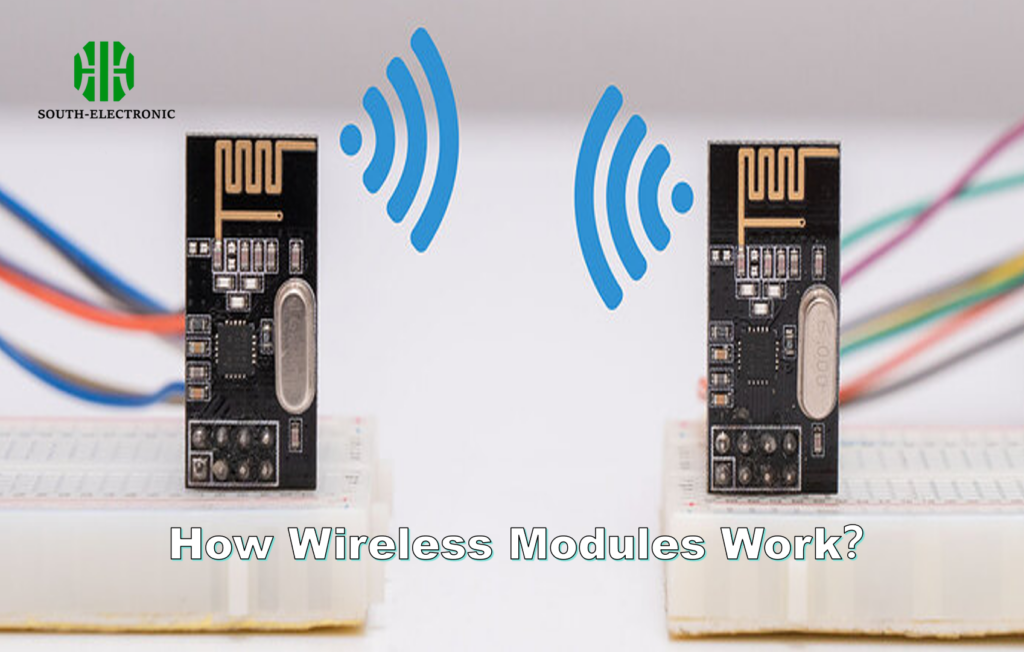
Benefits of Using Wireless Modules
Wireless modules offer a range of benefits that make them essential in modern electronic and communication systems.
1. Reduced Development Time:Pre-certified wireless modules come with integrated protocols and antennas, reducing the time required for certification and development.
2. Lower Cost:Many wireless modules, such as ESP8266 for Wi-Fi or HC-05 for Bluetooth, are inexpensive, making them an ideal choice for hobbyists and small-scale developers.
3. Scalability:Wireless modules can be easily integrated into systems and scaled according to project needs. They are highly adaptable, making them suitable for applications ranging from personal gadgets to large industrial networks.
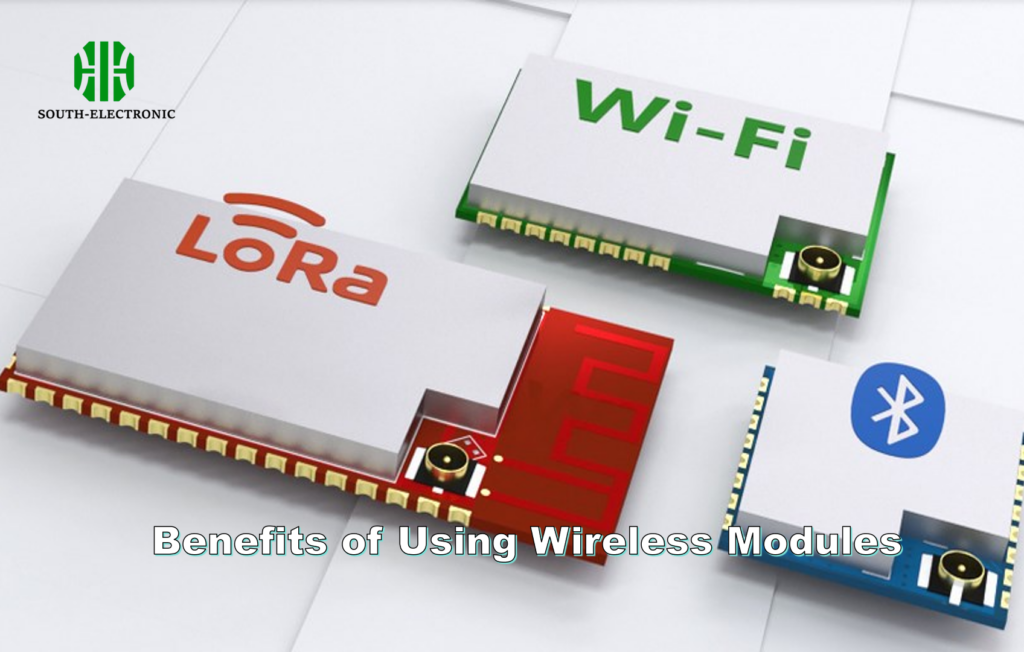
4. 5G-Enabled Wireless Modules:With the advent of 5G, wireless modules that support high-speed, low-latency communication are emerging. These modules are expected to play a critical role in autonomous vehicles, smart cities, and next-generation IoT systems.
5. Ultra-Low Power Modules:In applications like wearable health devices and remote sensors, power efficiency is crucial. The development of ultra-low-power wireless modules will make it possible to extend the battery life of these devices significantly.
Wireless modules are a big deal in technology these days. They let devices talk to each other, and they’re used in all kinds of industries. You’ve got the Internet of Things, smart homes, and industrial automation. All of these things use wireless modules to make everything work. As technology gets better, we’re going to see even better wireless modules that make all of this stuff work even better.



